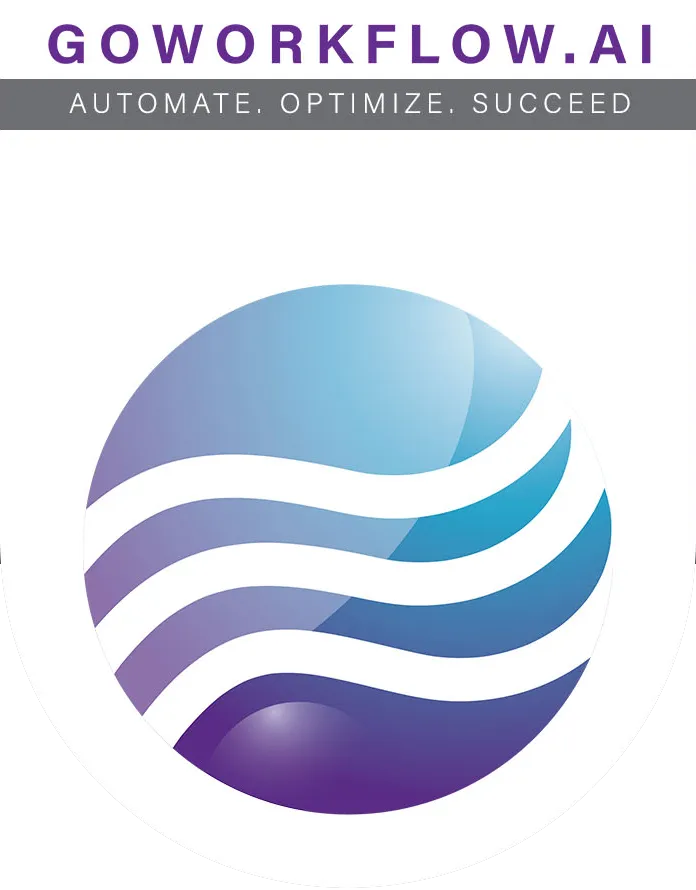Transform Your Service Business with GoWorkflow.AI
Common Challenges in Service Businesses
Service businesses often grapple with a range of challenges that impact their efficiency and customer satisfaction. One significant challenge is managing fluctuating workloads and ensuring consistent service quality. Service businesses frequently experience varying levels of demand, which can strain resources and lead to inconsistencies in service delivery. Balancing the need for flexible staffing and maintaining high standards of service can be difficult.
Another common issue is the complexity of coordinating and tracking service delivery across multiple touchpoints. From scheduling appointments to managing client communications and handling follow-ups, the sheer volume of administrative tasks can overwhelm staff and lead to delays or errors. Ineffective processes and fragmented systems often result in inefficiencies, impacting both the client experience and the overall productivity of the business.
Key Initiatives and Projects
GoWorkflow.AI focuses on streamlining core business processes. Our initiatives target scheduling, client engagement, and operational efficiency.
Automated Scheduling
Implement online booking systems to reduce manual work.

Client Communication
Set up automated reminders and follow-ups to boost engagement.

Performance Tracking
Integrate analytics tools for data-driven decision making.

Continuous Improvement
Regularly update features based on user feedback and industry trends.

Addressing Common Pain Points
To effectively address common pain points in service businesses, implementing streamlined processes and automation is key. By automating repetitive tasks such as appointment scheduling, client communications, and workflow management, businesses can reduce the burden on staff and minimize errors. This not only enhances efficiency but also ensures a consistent level of service quality, even during high-demand periods. Automation tools can also provide real-time data and insights.
Furthermore, integrating a unified management system can simplify coordination and improve visibility across all service touchpoints. Centralized platforms help track client interactions, manage schedules, and streamline follow-ups, leading to more organized and responsive service delivery. By addressing these common pain points with targeted solutions, service businesses can enhance operational efficiency, improve customer satisfaction, and ultimately drive growth.
The Cost of Inaction
The cost of inaction often manifests as lost opportunities and decreased revenue.
Delays in adopting efficient solutions can lead to mounting operational inefficiencies and increased expenses.
Inaction can result in escalating operational challenges and diminishing customer satisfaction. Failing to address inefficiencies promptly can erode your competitive edge and profitability.
What Our Fantastic Clients Says
"GoWorkFlow's marketing automation services have transformed our business. Their system's intelligent workflows and seamless integration have significantly increased our lead conversion rates. Thanks to GoWorkFlow, our team can now focus on strategic tasks while the automation handles the repetitive work effortlessly."
— John M., Marketing Manager at TechSavvy
"Partnering with GoWorkFlow has been a game-changer for our agency. Their marketing automation solutions allow us to personalize campaigns and track customer journeys in real-time, which has improved our client retention and boosted our overall ROI. GoWorkFlow is an indispensable tool for any modern marketer."
— Emily R., CEO of CreativePulse
"Since adopting GoWorkFlow's marketing automation services, our small business has seen a noticeable increase in efficiency and sales. The automated email campaigns and social media scheduling have saved us countless hours and ensured that we reach our audience at the perfect time. Highly recommended for businesses looking to scale their marketing efforts."
— Michael S., Owner of Boutique Bliss
Common Questions
Can you tell me more about your services?
"Lorem ipsum dolor sit amet, consectetur adipiscing elit. Integer nec odio. Praesent libero. Sed cursus ante dapibus diam. Sed nisi. Nulla quis sem at nibh elementum imperdiet. Duis sagittis ipsum. Praesent mauris."
What business category do you consider?
"Lorem ipsum dolor sit amet, consectetur adipiscing elit. Integer nec odio. Praesent libero. Sed cursus ante dapibus diam. Sed nisi. Nulla quis sem at nibh elementum imperdiet. Duis sagittis ipsum. Praesent mauris."
Do you have a demo?
"Lorem ipsum dolor sit amet, consectetur adipiscing elit. Integer nec odio. Praesent libero. Sed cursus ante dapibus diam. Sed nisi. Nulla quis sem at nibh elementum imperdiet. Duis sagittis ipsum. Praesent mauris."
What is your cancellation policy?
"Lorem ipsum dolor sit amet, consectetur adipiscing elit. Integer nec odio. Praesent libero. Sed cursus ante dapibus diam. Sed nisi. Nulla quis sem at nibh elementum imperdiet. Duis sagittis ipsum. Praesent mauris."
How can I start?
"Lorem ipsum dolor sit amet, consectetur adipiscing elit. Integer nec odio. Praesent libero. Sed cursus ante dapibus diam. Sed nisi. Nulla quis sem at nibh elementum imperdiet. Duis sagittis ipsum. Praesent mauris."


Facebook
Instagram
X
LinkedIn